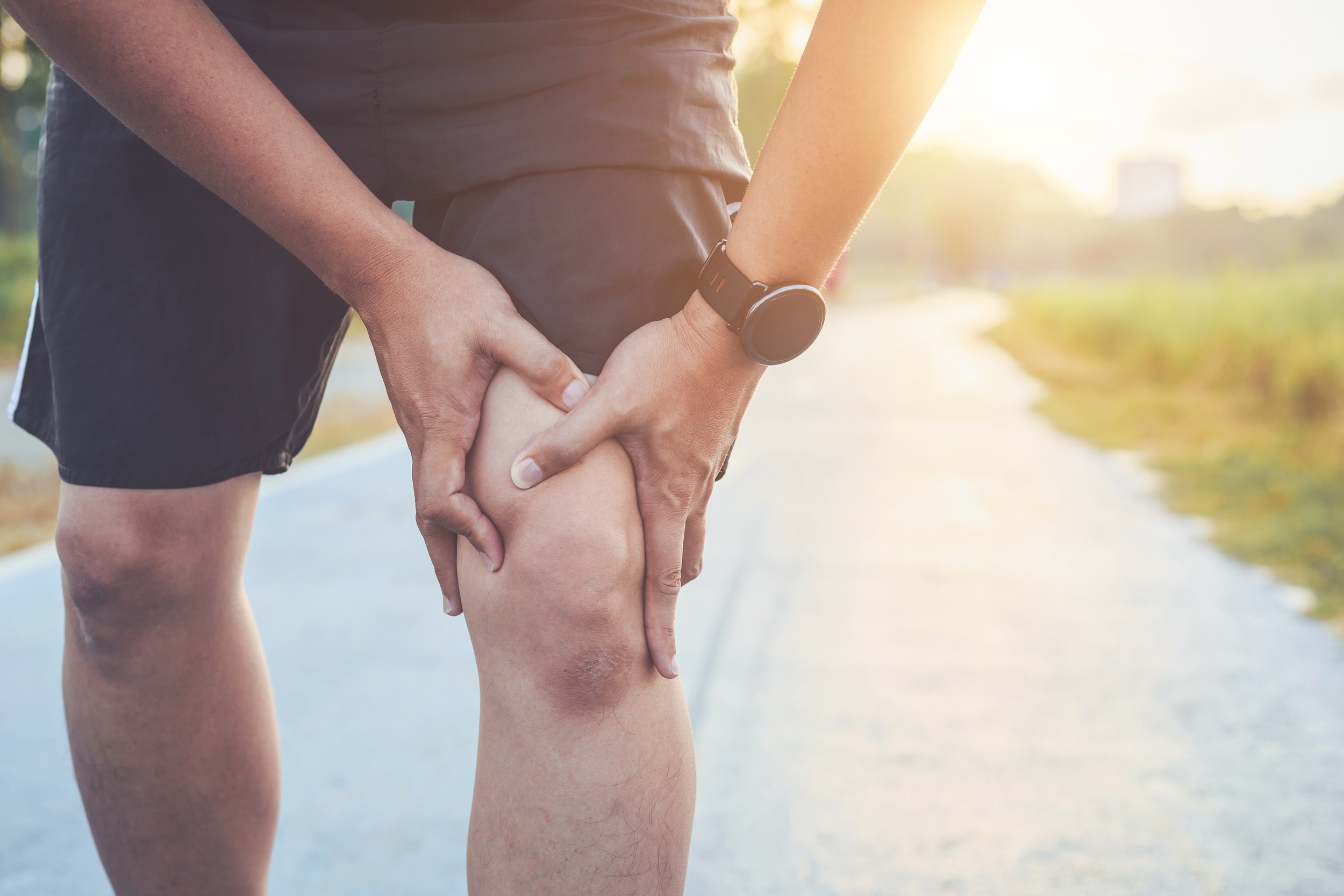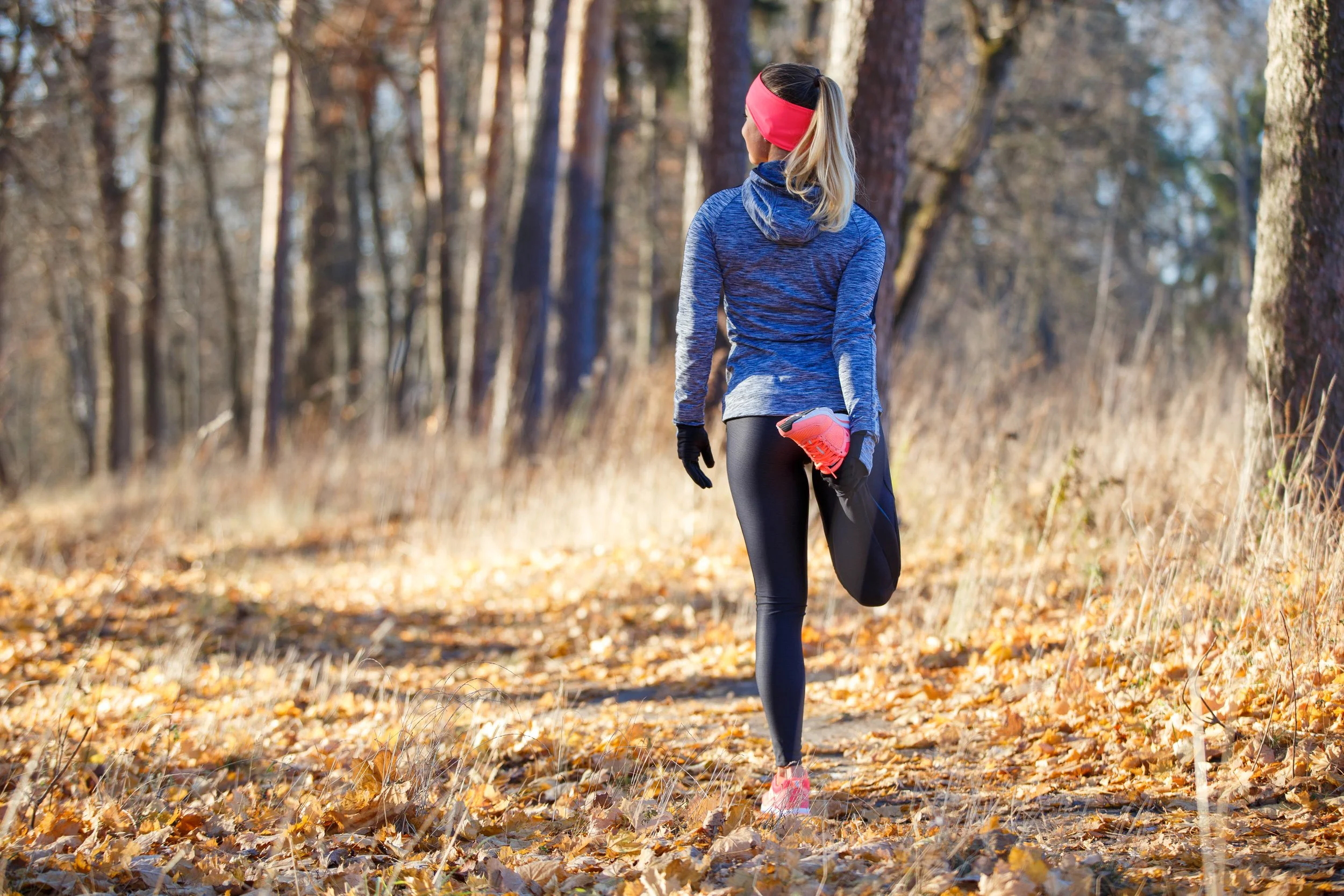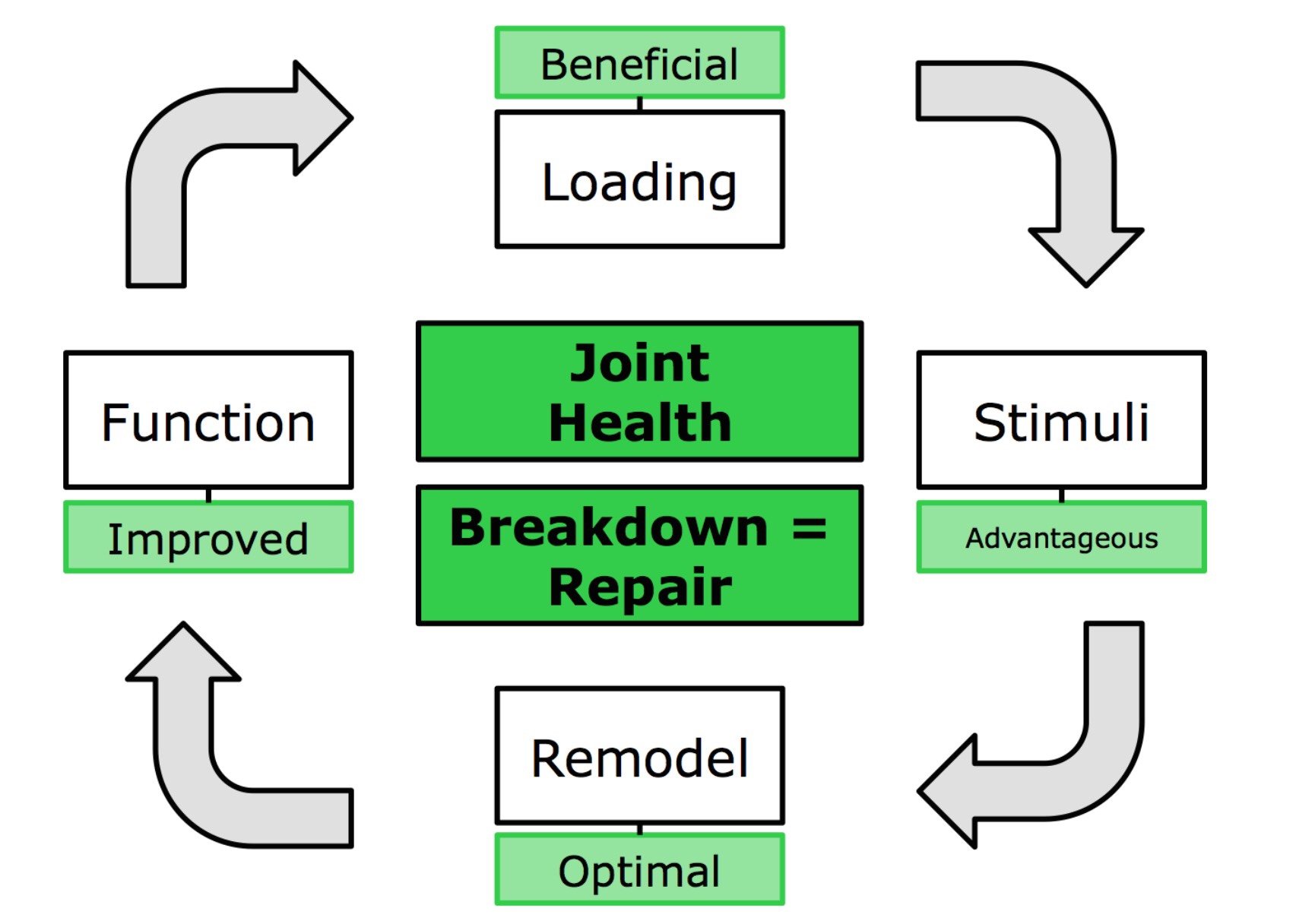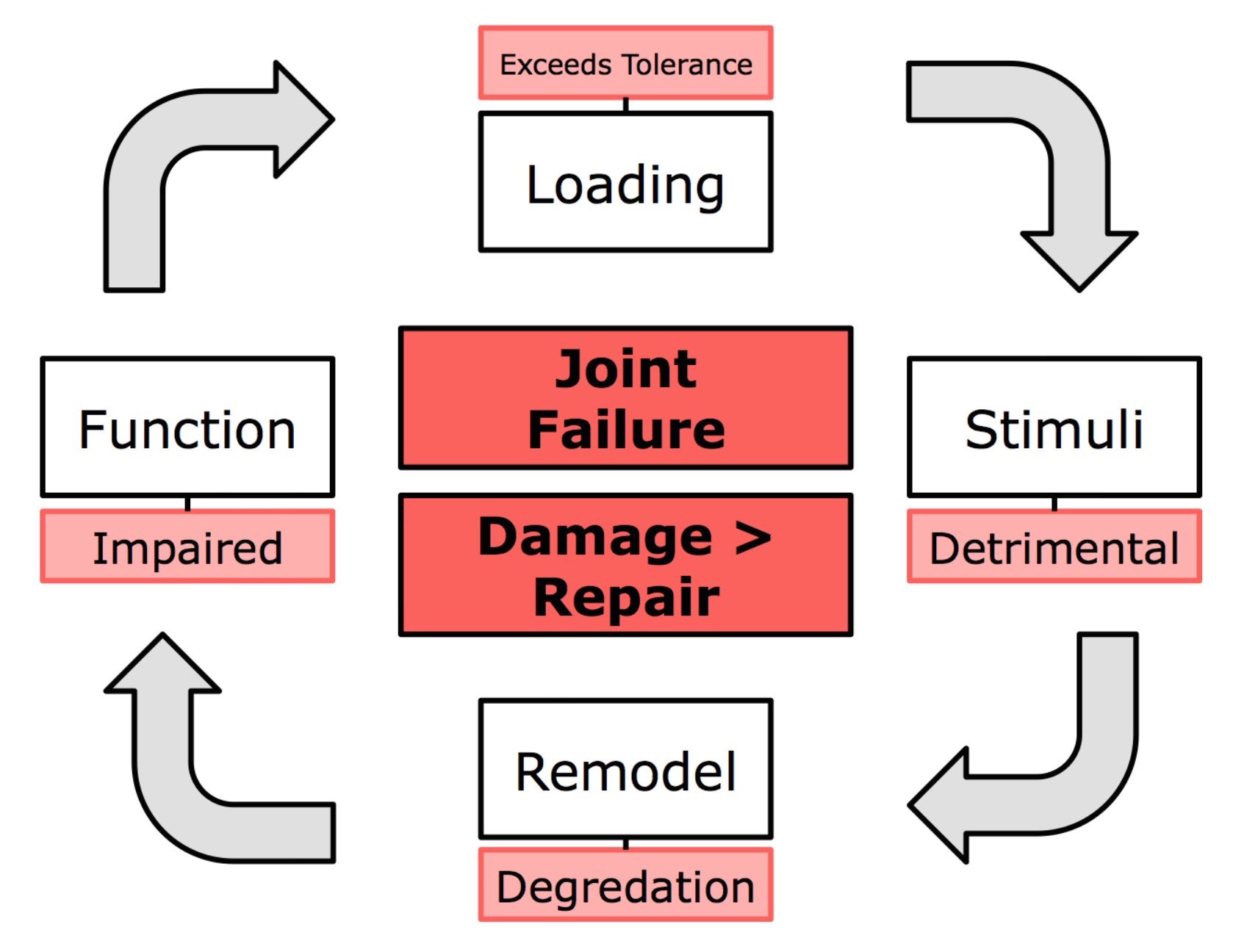Does Running Cause Knee Arthritis?
In my practice, I frequently have the opportunity to interact with runners. Running is a repetitive activity that certainly has injury risk. I do frequently come across runners and people who have quit running saying something like: “I know running will give me arthritis, but I just love to do it.” or “I quit running because I was afraid of developing arthritis in my knees.” Common thought continues to be that the impact of running does lead to arthritis.
Examining the Evidence
Do our perceptions meet reality? Let’s look at the research to find out.
In 2018 researchers published a study that surveyed 76 runners who had completed 5 or more marathons. 47% of those surveyed reported a history of hip or knee pain. However, only 8.9% of those runners actually had a diagnosis of arthritis. The average incidence of arthritis in a matched group of U.S. citizens was 17.9%. The runners ended up having a 50% less arthritis incidence rate than the average person (Pinzio et al. 2018).
Another study looked at a group of 17 male runners with average age of 56 and compared the health of their knees to 18 male non-runners with an average age of 60. The runners averaged 28miles/week over 12 years. The study found no statistically significant differences in complaints of pains in the lower body or radiographic changes in cartilage of the lower body (Panush et al. 1986).
Conclusions About Running and Knee Arthritis
The two studies cited certainly suggest that there is no increased risk of arthritis between runners and non-runners. However, there is quite a bit less evidence on this topic than I expected to find. In fact, a distance runner may be less likely to develop arthritis than a non-runner.
Another statistic of note in the first study was the 47% incidence of injury rate to the hip or knees. Nearly 1 out of 2 distance runners will develop a lower body injury at some point in time, and many runners will deal with multiple lower body injuries over their careers. Maybe the question about arthritis is not the right question to ask. In fact, a recent study looked at incidence of arthritis in adults. It found that 19-43% of individuals over 40 years old have diagnosable knee arthritis but no associated pain symptoms (Culvenor et al. 2019). That means about ¼ of pain-free 40+ year olds walks around with at least one knee showing signs of cartilage breakdown.
“Joints are, in fact, strengthened and modified by movement. These positive changes explain that physical activity in the treatment of arthritis, and the ability of joints to endure years of running without permanent damage.”
Quite often patients come into my clinic with a referral to PT and an x-ray showing some knee degeneration. Their countenance is down, and they are worried what their diagnosis of arthritis will do to their ability to enjoy their life. Take heart, evidence suggests that arthritis is not a guarantee of pain for the rest of your life. And if you are a runner, keep going. So far, your risk for severe degeneration of your knees is likely less than the general population.
How Do I Deal with Knee pain when I still want to run?
Instead of looking intently at pathology and associated pain, maybe we should be shifting our focus. How about we instead attempt to associate function and pain? More specifically, if your pain is reproduced by a specific movement, you may have the opportunity to improve your pain by improving that movement.
“A strong biomechancial analysis is critical when a runner is seeking treatment. This should involve video analysis, lower extremity mechanics, cadence, and shoe type.”
Consider seeking out a physical therapist who understands the intricacies of your painful functional movements. The PT you choose to work with should be well-versed in the demand that your chosen function, in this case running, puts on your body. The PT should attempt to relate the exam to how the limitations found directly impact your knees when you run. Once “must-have” after completing PT would be a comprehensive warm-up and cool-down. Priming your muscles to work how you want them to prior to engaging in a run could be all the difference.
Another application could be to change the environment where you perform your running. Common knee pain producers in your environment could be routes with excess downhill sections, harder surfaces and routes that tend to slant one direction for the duration of your run. Try switching to trails with softer ground, mixing up your route to reduce the downhills or even go to a track to ensure running on level surfaces for a while.
““For knee pain we have found that the combination of cushion and the correct amount of support can definitely help with knee pain or other running issues.””
In running, the primary tools are what you wear on your feet. These come in the form of footwear and orthotics. Matching your type of running, individual biomechanics and history of injury with the right type of shoe can be a difference maker. Ty Whitten of Super Jock ‘N Jill says “For knee pain we have found that the combination of cushion and the correct amount of support can definitely help with knee pain or other running issues.” I highly recommend that you take the time to get fitted in one of our local running shoe stores under the eyes of a running expert like Ty and bring those shoes to physical therapy for confirmation that they are the right fit. After getting you in the best shoes for your body, we would look at adding over-the-counter vs custom orthotics to further improve the quality of your stride.
Finally, remember that running is a process. Whether you run 2 miles for fun, compete in 5ks, challenge yourself in marathons or have tapped into the mental toughness it takes to complete ultras, you at one point made a decision to pursue improvement and started training your body to accomplish your running goals. Take that same approach with your knee pain. Pain is a part of life. It is important to listen to what it tells you and make the adjustments to continue to move forward in your health journey. If that involves professional assessment and care, give us a call. We love being a resource for you on your quest to be a better version of yourself.
AUTHOR:
Shawn Brenneman, PT, DPT, FAFS, FGS,
Redmond Owner & Director
CONTRIBUTORS:
Dr. Camille Clinton, MD
Sports Medicine Physician
Ty Whitten
Super Jock’n Jill Manger and Runner
Ben Wobker, PT, MSPT, CSCS, CFSC, SFMA
Lake Washington Physical Therapy & RunCadence Founder
References:
Ponzio, Danielle Y. MD1,a; Syed, Usman Ali M. BS1; Purcell, Kelly BS1; Cooper, Alexus M. BS1; Maltenfort, Mitchell PhD1; Shaner, Julie MD1; Chen, Antonia F. MD, MBA; Low Prevalence of Hip and Knee Arthritis in Active Marathon Runners. The Journal of Bone and Joint Surgery. 100-2 January 17th, 2018
Panush, Richard S. MD, Schmidt, Carolyn OTR, Caldwell, Jacques R. MD, et al; Is running Associated with Degenerative Joint Disease? JAMA. 255:1152-1154, 1986.
Culvenor A, et al Prevalence of knee osteoarthritis features on magnetic resonance imaging in asymptomatic uninjured adults: a systematic review and meta-analysis. BJSM. 2019;53
The Joint Myth; RunnerWorld Magazine; BENJAMIN EBERT, M.D., PH.D
Running and Osteoarthritis : Running Physio: Richard Leech, PT







